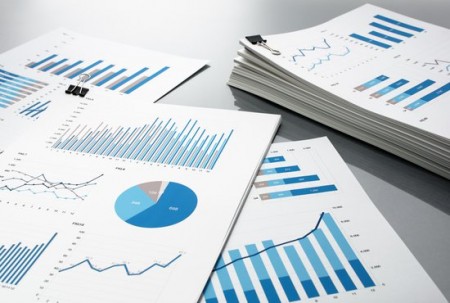The Monthly Report on Bulgarian Economy presents recent developments of main macroeconomic indicators.
Gross Domestic Product – flash estimates
According to NSI flash estimates, GDP increased by 2% yoy s.a. in Q1 2023. Final consumption went up by 2.8% and gross fixed capital formation increased by 5.2% over the same period a year ago. Exports were up by 3%, while imports decreased by 4.3%.
Short-Term Business Statistics
In March, the decline in industrial production deepened to 9% yoy. Manufacturing of energy goods and food products had the largest negative contribution. At the same time, manufacturing of metal products, other transport equipment and electrical equipment were among the sectors with increase in production. Industrial turnover went down by 17% over a year earlier mostly on the account of energy goods and basic metals. The construction production index decreased by 0.3%, while the growth of retail trade turnover decelerated to 1.1% yoy as retail trade with nonfood products reported a decline.
In April, both the business climate indicator and the consumer confidence improved. The managers in industry were more optimistic about the current and future business situation of enterprises. The export expectations also improved compared to the previous quarter, and those for sales in retail trade were also more favourable. Consumer confidence went up by 3 points as the consumers were more positive about the general economic situation in the country over the next 12 months.
Labour Market
Labour Force Survey (LFS) data showed that the labour market recovery, observed in 2022, continued at a good pace in the first three months of 2023. The number of employed (15-64) increased by 1.7% and the employment rate reached 70.4% of the population. The activity rate of the same cohort was 73.7% of population in Q1 2023, up by 1.4 pps compared to the same period of 2022. The unemployment rate (15-64) was 4.5% and continued to decrease over the corresponding quarter of the previous year.
Wages
In the first quarter of 2023, the country’s average wage rose by a nominal 17.3% yoy, consistent with the reported dynamics in the last quarter of 2022. Wage dynamics accelerated as compared to the same period of the previous year on account of both private and public sectors, where it went up by 17.5% and 16.5% yoy, respectively. The recent upward trend probably reflected also the relatively lower base in the first three months of the previous year given that the minimum wage update took place in April 2022. The largest wage increases were reported in electricity (26.9% yoy), transport (25.2%) and construction (20.5%). Along with the decelerating annual inflation rate, the HICP deflated real wage stepped up by 3.4% yoy. The latter was consistent with the improved assessments of consumers for their current and expected financial situation.
Inflation
Monthly HICP inflation in April was 0.5% driven mainly by seasonal factors. Services prices rose 1.2% mom and accounted the most for the rise in the overall index. Due to the Easter holidays in the month, international airfares rose by almost 54%, and prices of accommodation services went up by 2.4%. Prices of nonenergy industrial goods increased by 1% on average, as those of clothing and footwear went up by 5% at the beginning of the spring-summer season. On the other hand, for a third consecutive month, energy goods reported a decrease in their prices – down by 1.3% mom, mainly due to cheaper motor fuels. Food prices reported a minimal 0.1% increase. In line with the excise duties hike which came into force in the beginning of March, the increase in the prices of cigarettes continued, this time up by 1.5%.
The annual inflation rate continued to decelerate, down by 1.7 pps to 10.3% in April. This is due to the lower contribution of food products, whose price increase compared to the same month of 2022 narrowed to 17.1%, from 22.2% yoy in March, and that of energy goods is already negative. Only services inflation slightly accelerated to 11.5% yoy and was associated with the observed substantial increase in the prices of international airfares. Thus, core inflation again decreased only marginally by 0.1 pp to 10.7% yoy in April, which came mostly on the account of non-energy industrial goods.
The document can be downloaded here.
